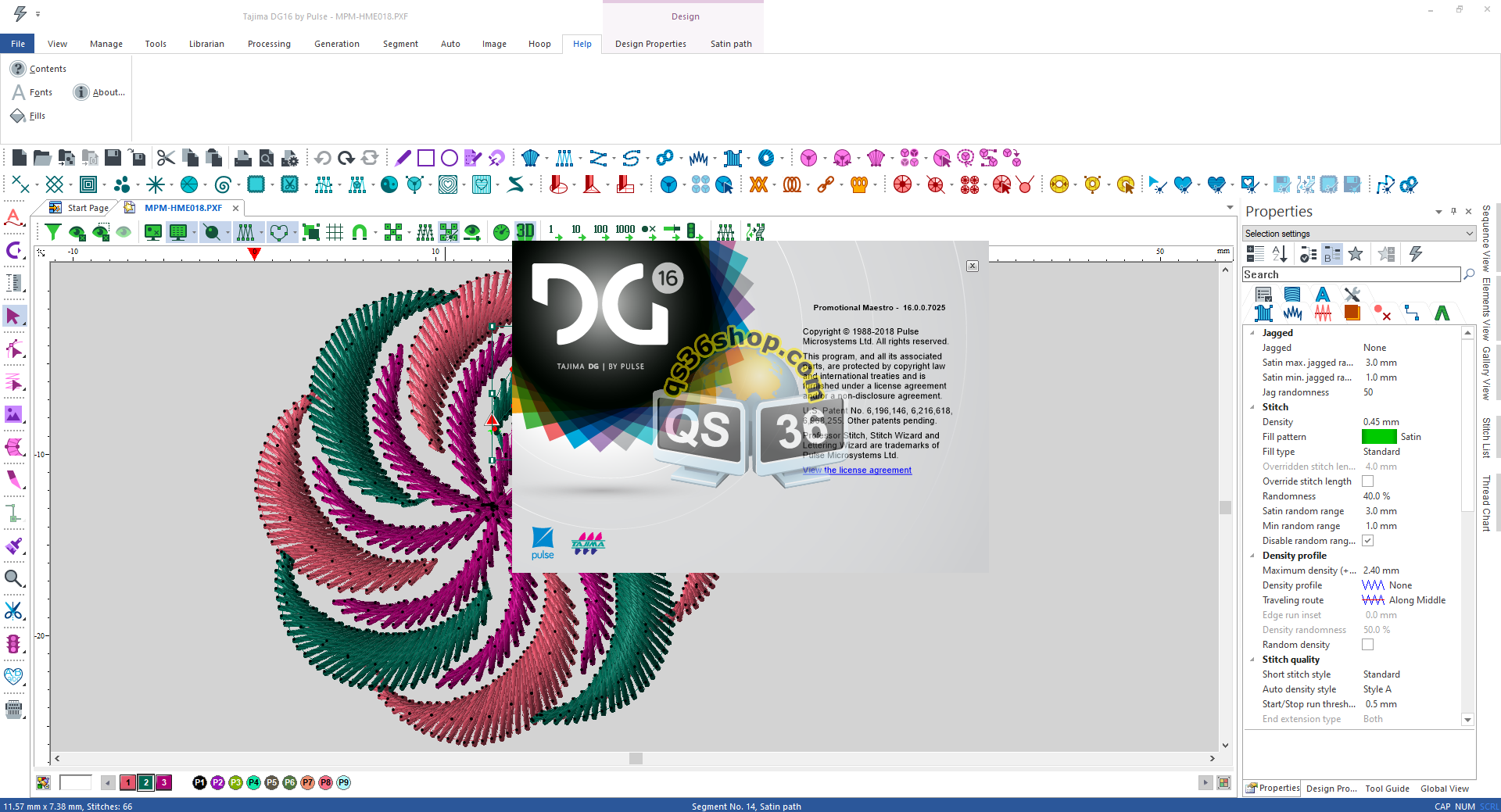

Once fully developed, the technology could replace many of the traditional RF accelerators currently found in particle colliders, hospitals, and research facilities.įinally, the plasma acceleration would not be complete if the ion acceleration during the expansion of a plasma into a vacuum were not also mentioned. Similarly, using plasmas an energy gain of more than 40 GeV was achieved using the SLAC SLC beam (42 GeV) in just 85 cm using a plasma wakefield accelerator (8.9x10 20 g n). However, plasma accelerators can operate in many different regimes depending upon the characteristics of the plasmas used.įor example, an experimental laser plasma accelerator at Lawrence Berkeley National Laboratory accelerates electrons to 1 GeV over about 3.3 cm (5.4x10 20 g n), and one conventional accelerator (highest electron energy accelerator) at SLAC requires 64 m to reach the same energy.

Plasma accelerators generally use wakefields generated by plasma density waves. Medical applications include betatron and free-electron light sources for diagnostics or radiation therapy and protons sources for hadron therapy. Plasma accelerators have immense promise for innovation of affordable and compact accelerators for various applications ranging from high energy physics to medical and industrial applications. Current experimental devices show accelerating gradients several orders of magnitude better than current particle accelerators over very short distances, and about one order of magnitude better (1 GeV/m vs 0.1 GeV/m for an RF accelerator ) at the one meter scale. The initial experimental designs for a "wakefield" accelerator were conceived at UCLA by Chandrashekhar J. The basic concepts of plasma acceleration and its possibilities were originally conceived by Toshiki Tajima and John M. These techniques offer a way to build high performance particle accelerators of much smaller size than conventional devices. The plasma acceleration structures are created either using ultra-short laser pulses or energetic particle beams that are matched to the plasma parameters. Plasma acceleration is a technique for accelerating charged particles, such as electrons, positrons, and ions, using the electric field associated with electron plasma wave or other high-gradient plasma structures (like shock and sheath fields). Please discuss this issue on the article's talk page. Please read the layout guide and lead section guidelines to ensure the section will still be inclusive of all essential details. Please help by moving some material from it into the body of the article. This article's lead section may be too long for the length of the article.


 0 kommentar(er)
0 kommentar(er)
